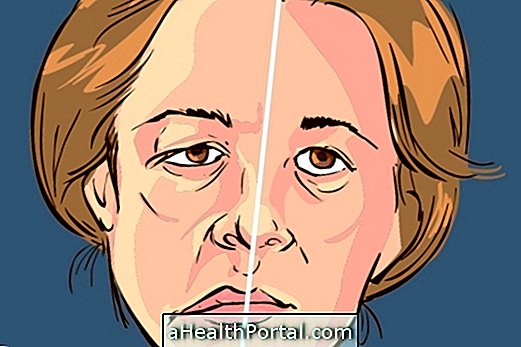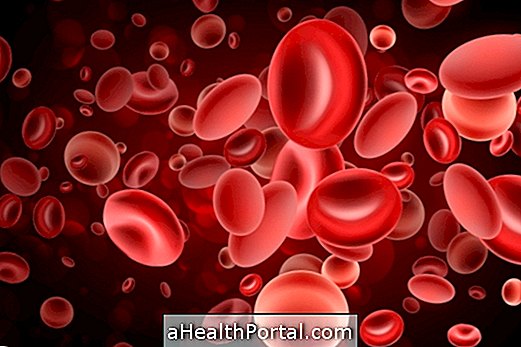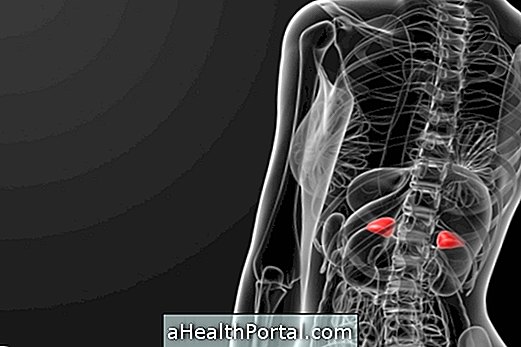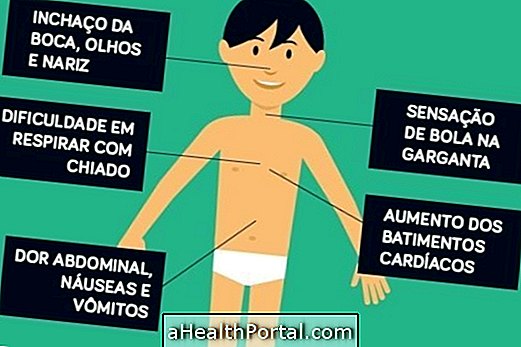Hemiplegia is a condition in which there is paralysis of one side of the body, which directly interferes with the quality of life of the person, and should be treated quickly through physiotherapy, mainly.
Hemiplegia can result from problems during pregnancy (congenital hemiplegia) or from Cerebral Vascular Accident (CVA) or infections that affect the nervous system (acquired hemiplegia). Learn more about hemiplegia.
Cerebral palsy is not considered a disease and, as a rule, has no progressive characteristics, which means that the patient always has the same difficulties due to the region of the brain affected by the paralysis, and the injury of the brain tends not to evolve.

Types of hemiplegia
According to the symptoms and their severity, the hemiplegia can be classified into 4 main types:
1. Spastics
In spastic hemiplegia the muscles become stiff and weak and the person has difficulty speaking and moving. Children with this type of hemiplegia usually present with joint deformities, since there is no correct muscular development.
2. Coreoateatoid
In this type of hemiplegia, the muscles move spontaneously, slowly, uncontrollably, and have a sudden onset.
3. Ataxic
Ataxic hemiplegia is a type of cerebral palsy that causes the patient to have poor coordination and unreliable trunk and limb movements, as well as muscle weakness and tremors.
4. Mixed
In mixed cerebral palsy, symptoms of more than one type of the aforementioned paralyzes, in general combined spastic and choreoatetoid paralysis, are present in a single patient.
What to do
In the first symptoms of cerebral palsy of any kind, it is important to go to the doctor so that the diagnosis can be made and the best form of treatment indicated.
The treatment is done with the objective of improving the quality of life of the person, and it is usually recommended to perform physiotherapy to improve the mobility of the limbs, make the person more independent to perform daily activities, improve the posture and avoid the occurrence of contractures . Here's how physiotherapy for hemiplegia is done.
























